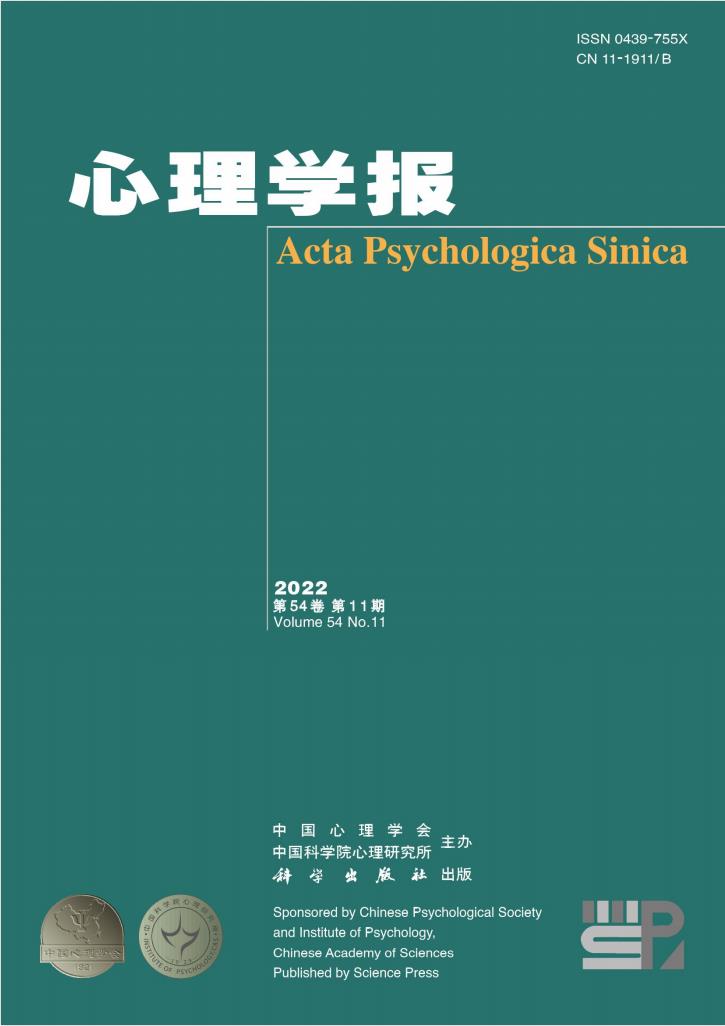Effects of prediction error and acute stress on retrieval-extinction of fear memories of different strengths
IF 1.3
4区 心理学
Q3 PSYCHOLOGY, MULTIDISCIPLINARY
引用次数: 1
Abstract
(1) to test the effect of memory strength in a human on (2) examine the of during on destabilizing different strength memories and (3) to test the possible of post-reactivation exogenous stress to the of retrieval-extinction study. We manipulated memory strength through two kinds of acquisition procedures on the day, varied the predictability of the unconditioned stimulus (US) occurrence after the conditioned Twenty-four hours later, a reminder containing a single PE was used to reactivate memories, which was followed by a stress task (Social Evaluate Cold Pressor test, SECPT) or not before extinction. After 24 hours, a test of spontaneous recovery and reinstatement was utilized to measure the return of fear in each condition. All participants were divided into three conditions: CS-Predictable US_no Stress Group, CS-Unpredictable US_no Stress Group and the CS-Unpredictable US_Stress Group. Skin conductance response (SCR) and fear-potentiated startle response (FPS) were used as measurements of conditioned fear. The results showed that there was a relatively stronger increase in fear response (SCR) from Day 1 to Day 2 in the CS-Unpredictable US condition than the CS-Predictable US condition, which may suggest a difference in memory strength between conditions. And for the weak fear memory (CS-predictable US), the reactivation that involved a single PE and was followed by extinction training prevented the spontaneous recovery, especially on the SCR measurement. On the other hand, in the enhanced memory condition (CS-unpredictable US), the extinguished memory returned in the memory test on the third day, which suggests a failure of memory destabilization. Furthermore, when the post-reactivation acute stress task was adopted in the enhanced memory condition, the return of fear further increased, compared with the no stress manipulation conditions. These results indicate that PE used to destabilize weak memories is insufficient to destabilize strong memories; and that post-reactivation acute stress cannot nullify this deficit which is due to boundary conditions (e.g., strength). We discuss possible interpretations of these results and the implications for the translation of retrieval-extinction to clinical practice.预测误差和急性应激对不同强度恐惧记忆提取-消退的影响
(1) 测试人类记忆强度对(2)在不稳定不同强度记忆的过程中的影响和(3)测试再激活后外源性应激对检索灭绝研究的可能性。我们在当天通过两种获取程序操纵记忆强度,改变条件刺激后非条件刺激(US)发生的可预测性。24小时后,使用包含单个PE的提醒来重新激活记忆,然后进行压力任务(社会评估冷压力测试,SECPT)或不在消失前进行。24小时后,使用自发恢复和恢复测试来测量每种情况下恐惧的恢复。所有参与者被分为三种情况:CS可预测US_no压力组、CS不可预测US_no压力组和CS不可预见US_Stress组。皮肤电导反应(SCR)和恐惧增强的惊吓反应(FPS)被用作条件恐惧的测量。结果表明,在CS Unpredictable US条件下,从第1天到第2天,恐惧反应(SCR)的增加相对较强,这可能表明不同条件下的记忆强度存在差异。对于较弱的恐惧记忆(CS可预测的US),涉及单个PE的再激活以及随后的消退训练阻止了自发恢复,尤其是在SCR测量方面。另一方面,在增强记忆条件下(CS不可预测US),熄灭的记忆在第三天的记忆测试中返回,这表明记忆不稳定失败。此外,当在增强记忆条件下采用再激活后急性应激任务时,与无应激操作条件相比,恐惧的回归进一步增加。这些结果表明,用于破坏弱记忆的PE不足以破坏强记忆;并且再激活后的急性应力不能消除由于边界条件(例如强度)引起的这种缺陷。我们讨论了对这些结果的可能解释,以及将检索灭绝转化为临床实践的意义。
本文章由计算机程序翻译,如有差异,请以英文原文为准。
求助全文
约1分钟内获得全文
求助全文
来源期刊

心理学报
Psychology-Psychology (all)
CiteScore
1.70
自引率
13.30%
发文量
1612
期刊介绍:
Acta Psychologica Sinica (ISSN 0439-755X) is a scholarly journal sponsored by the Chinese Psychological Society and the Institute of Psychology, Chinese Academy of Sciences, and published monthly by the Science Press.
Acta Psychologica Sinica has been included in many important national and international indexing systems such as SCOPUS (Elsevier), ESCI (Web of Science), PsycINFO (APA), CSCD. It is the flagship journal of the Chinese Psychological Society that publishes peer-reviewed original empirical studies and theoretical articles spanning the entire spectrum of scientific psychology.
Acta Psychologica Sinica publishes high-quality research that investigates the fundamental mechanisms of mind and behavior and aims to deliver scientific knowledge to enhance our understanding of culture and society. It welcomes submissions of manuscripts reporting research that is up-to-date, scientifically excellent, and of broad interest and significance.
 求助内容:
求助内容: 应助结果提醒方式:
应助结果提醒方式:


